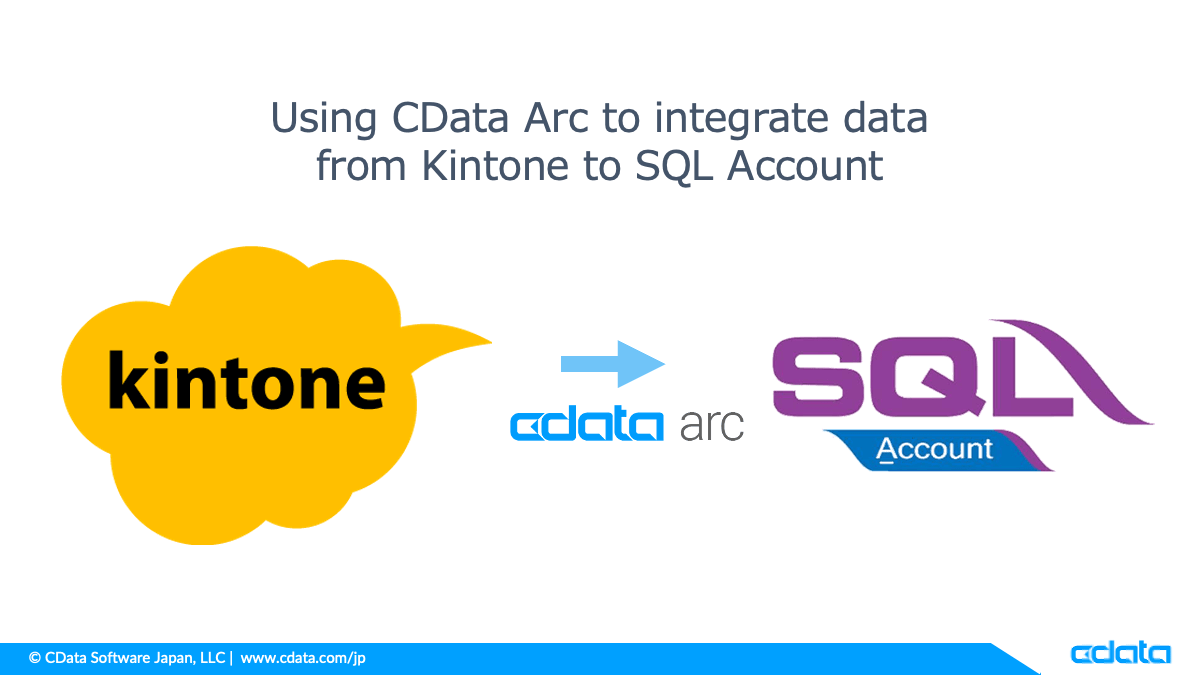Discover how a bimodal integration strategy can address the major data management challenges facing your organization today.
Get the Report →Connect to Salesforce Data from PowerBuilder
This article demonstrates how to access Salesforce data from Appeon PowerBuilder using the CData ADO.NET Provider for Salesforce.
This article demonstrates using the CData ADO.NET Provider for Salesforce in PowerBuilder, showcasing the ease of use and compatibility of these standards-based controls across various platforms and development technologies that support Microsoft .NET, including Appeon PowerBuilder.
This article shows how to create a basic PowerBuilder application that uses the CData ADO.NET Provider for Salesforce to perform reads and writes.
- In a new WPF Window Application solution, add all the Visual Controls needed for the connection properties. Below is a typical connection string:
User=username;Password=password;SecurityToken=Your_Security_Token;
There are several authentication methods available for connecting to Salesforce: Login, OAuth, and SSO. The Login method requires you to have the username, password, and security token of the user.
If you do not have access to the username and password or do not wish to require them, you can use OAuth authentication.
SSO (single sign-on) can be used by setting the SSOProperties, SSOLoginUrl, and TokenUrl connection properties, which allow you to authenticate to an identity provider. See the "Getting Started" chapter in the help documentation for more information.
- Add the DataGrid control from the .NET controls.
-
Configure the columns of the DataGrid control. Below are several columns from the Account table:
<DataGrid AutoGenerateColumns="False" Margin="13,249,12,14" Name="datagrid1" TabIndex="70" ItemsSource="{Binding}"> <DataGrid.Columns> <DataGridTextColumn x:Name="idColumn" Binding="{Binding Path=Id}" Header="Id" Width="SizeToHeader" /> <DataGridTextColumn x:Name="nameColumn" Binding="{Binding Path=Industry}" Header="Industry" Width="SizeToHeader" /> ... </DataGrid.Columns> </DataGrid> - Add a reference to the CData ADO.NET Provider for Salesforce assembly.
Connect the DataGrid
Once the visual elements have been configured, you can use standard ADO.NET objects like Connection, Command, and DataAdapter to populate a DataTable with the results of an SQL query:
System.Data.CData.Salesforce.SalesforceConnection conn
conn = create System.Data.CData.Salesforce.SalesforceConnection(connectionString)
System.Data.CData.Salesforce.SalesforceCommand comm
comm = create System.Data.CData.Salesforce.SalesforceCommand(command, conn)
System.Data.DataTable table
table = create System.Data.DataTable
System.Data.CData.Salesforce.SalesforceDataAdapter dataAdapter
dataAdapter = create System.Data.CData.Salesforce.SalesforceDataAdapter(comm)
dataAdapter.Fill(table)
datagrid1.ItemsSource=table.DefaultView
The code above can be used to bind data from the specified query to the DataGrid.






